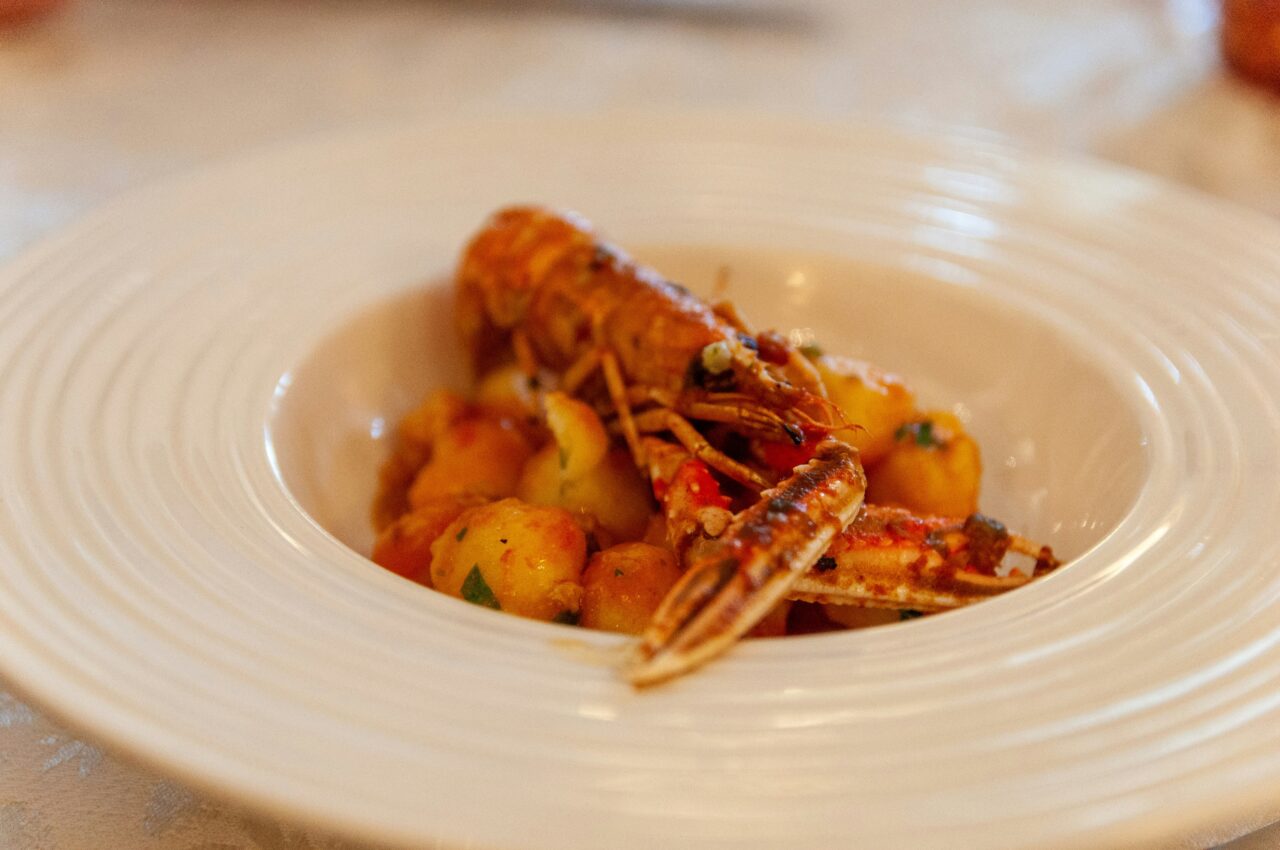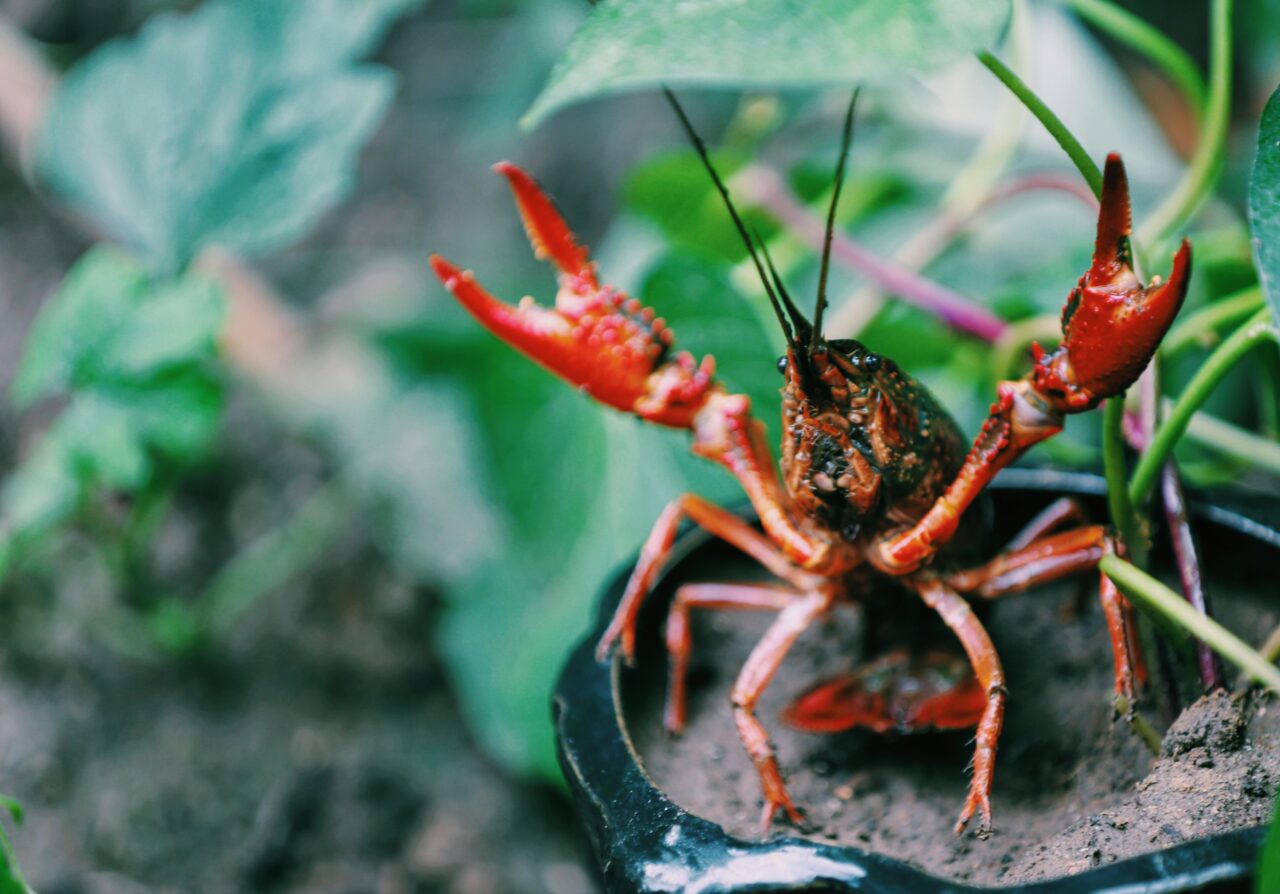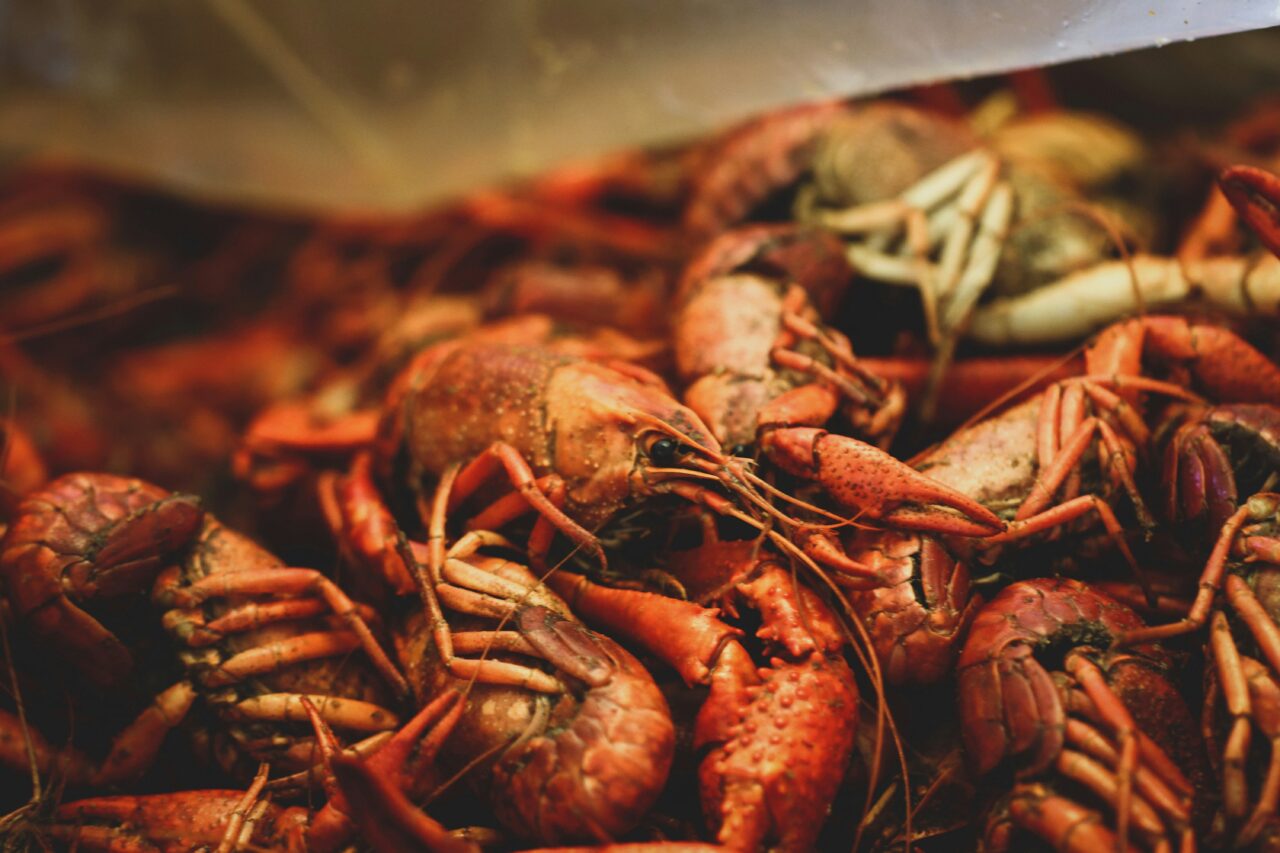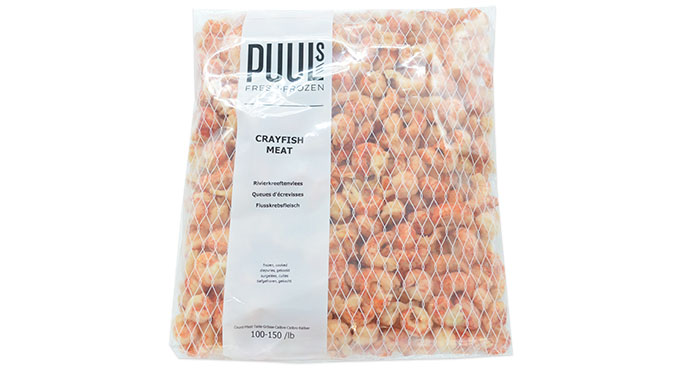Nederlands
English
Deutsch
Français
Crayfish are a small but flavorful delicacy that’s becoming increasingly popular on menus. The species found in Dutch waters today aren’t native to the region, yet they’ve spread rapidly across ditches, lakes, and rivers. Introduced by human activity in the last century, these crustaceans have thrived thanks to their adaptability and the lack of natural predators.
In this article, we take a closer look at the world of crayfish, exploring the different species, fishing methods, preparation techniques, and the many ways to enjoy them in the kitchen.
Topics covered in this article

Crayfish have been a prized delicacy for centuries, especially in countries like China, Spain, and the United States. They belong to the crustacean family and bear a strong resemblance to their larger marine relatives. In the Netherlands, crayfish have only recently gained popularity—both in nature and in the culinary world.
Nowadays, most crayfish found in Dutch waters are non-native species. The European crayfish, once common in the region, has almost completely disappeared since the last century due to the so-called “crayfish plague,” a disease introduced by invasive species.
Crayfish are freshwater crustaceans belonging to the order Decapoda, which literally means “ten-legged.” They are often mistaken for small lobsters, but while they are closely related, they have a distinct habitat, thriving in freshwater environments. Crayfish are easily recognized by their hard shell, two claws, and elongated tails. They typically range in size from 5 to 15 centimeters, about the length of a hand, and are most commonly found hiding in still or slow-moving waters like ditches, ponds, and lakes.
Their diet is highly varied, consisting of aquatic plants, insect larvae, snails, small fish, and carrion. This broad food selection allows them to adapt easily to different environments, contributing to their rapid spread.
There are hundreds of crayfish species worldwide, but in the Netherlands, non-native varieties are the most common. The main species found here include:
Red Swamp Crayfish (Procambarus clarkii)
This bright red crayfish is the most dominant species in the Netherlands. With its strong claws and meaty tail, it is highly suitable for consumption. It can be identified by its vivid red color and the small red bumps on its claws.
Spotted Crayfish (Faxonius limosus)
Recognizable by the brown spots on its shell and the orange tips of its claws. It is slightly smaller than the Red Swamp Crayfish but still perfectly edible.
Spiny-Cheek Crayfish (Faxonius limosus)
This species has a greenish-brown color and distinctive bumps on its claws. It is mainly found in the eastern provinces of the Netherlands.
Californian Crayfish (Pacifastacus leniusculus)
Larger than most other species, with a relatively smooth shell and white spots on its claws. Less common but still suitable for consumption.
Marbled Crayfish (Procambarus virginalis)
Unique due to its method of reproduction: only female specimens exist, and they reproduce asexually (parthenogenesis), allowing them to multiply at an incredibly fast rate.
For culinary purposes, the Red Swamp Crayfish is by far the most popular, large, flavorful, and with firm, meaty flesh.

The Red Swamp Crayfish originates from the marshes and rivers of the southern United States and Mexico. It was introduced to Europe in the 1980s for commercial farming but quickly escaped and effortlessly spread through local waterways.
This crayfish is incredibly resilient, it can survive in heavily polluted water, withstand low oxygen levels for extended periods, and burrow into the ground during droughts. These survival skills have made it one of the most successful invasive species in the Netherlands.
The impact of the Red Swamp Crayfish:
In the United States, particularly in Louisiana, crayfish are a culinary staple. Crawfish boils are a beloved tradition—large quantities of crayfish are boiled with spices and typically served with corn and potatoes.
Catching crayfish isn’t just allowed, it’s actively encouraged. These invasive crustaceans cause significant damage to Dutch waterways, and by catching them, you’re helping to minimize their impact. However, there are some regulations to keep in mind:
If you want to try it yourself, the evening is the best time, as crayfish are most active at night. Using bait such as fish scraps, dog kibble, or any strong-smelling food can help lure them to the surface. However, be aware that releasing caught crayfish into different waters is strictly prohibited, as this would only worsen the problem.
By catching and eating them yourself, you’re not only helping to control an invasive species but also bringing home a fresh and tasty delicacy!
Preparing crayfish is simpler than you might think. Whether you have fresh, frozen, or pre-cooked crayfish, you can create a delicious meal with just a few easy steps.
Frozen crayfish are often already cooked and don’t need to be heated for long. Here’s the best way to prepare them:
Pre-cooked crayfish can be eaten as is, but you can enhance their flavor by briefly heating them in herb butter, broth, or a sauce:

Crayfish have a delicate, slightly sweet flavor reminiscent of shrimp and lobster. Their mild taste makes them a great fit for a variety of dishes:
Pasta and risottos – The soft flavor of the crayfish meat pairs wonderfully with garlic, lemon, and parsley. It adds a luxurious touch to creamy risotto, while in lighter pasta dishes, it provides a fresh and refined flavor.
Salads – The tender texture and subtly sweet taste make crayfish an ideal addition to salads. Combine them with avocado, fresh herbs, and a light vinaigrette for a delicious summery dish.
Soups and bisques – The aroma and flavor of crayfish deepen the taste of soups. Particularly in a bisque (a classic French shellfish soup), this flavor shines through beautifully.
Sandwiches and wraps – Crayfish, paired with a creamy sauce or spicy mayo, make for a surprisingly tasty filling for sandwiches or wraps. Perfect for a quick, flavorful lunch.
Stir-fries – In Asian cuisine, crayfish are often quickly sautéed in a wok with garlic, chili, and ginger. This creates a spicy, aromatic dish that lets the crayfish really stand out.
Crayfish are not only delicious but also nutritious. They are high in protein and low in fat. Per 100 grams of crayfish, you get approximately:
In addition, crayfish contain various vitamins and minerals, including vitamin B12, zinc, copper, selenium, and phosphorus.
At Mooijer, you’ll find high-quality crayfish products. Our crayfish are sustainably caught and carefully processed, ensuring you enjoy a delicious delicacy. Explore our full range and taste the flavor of crayfish.



